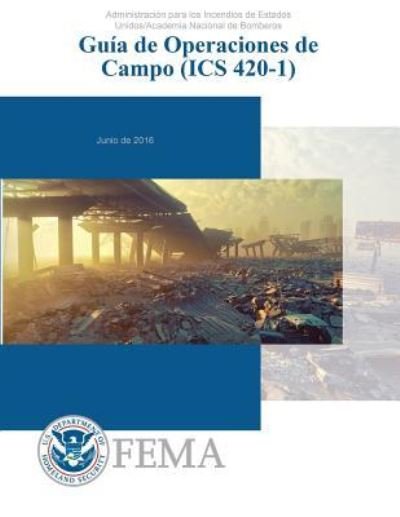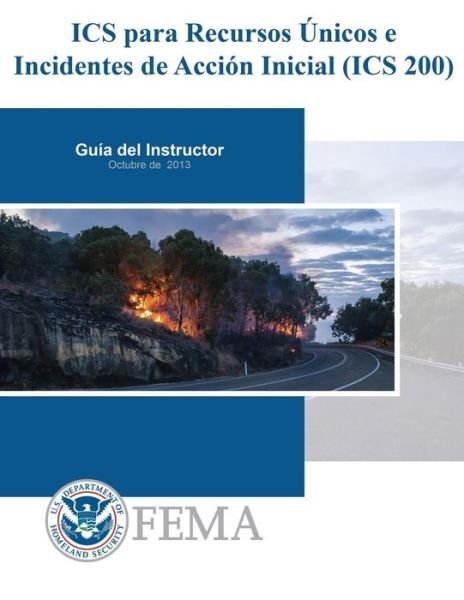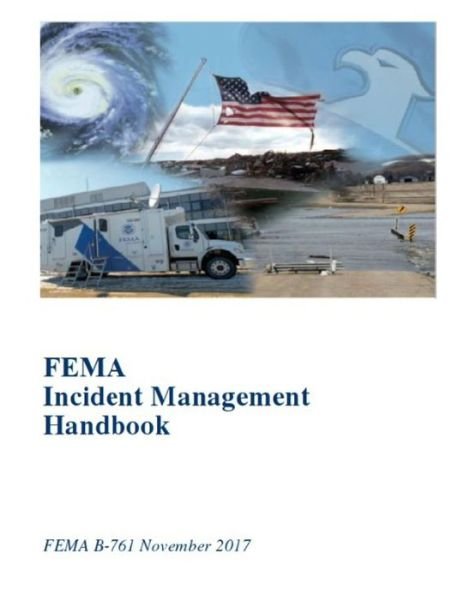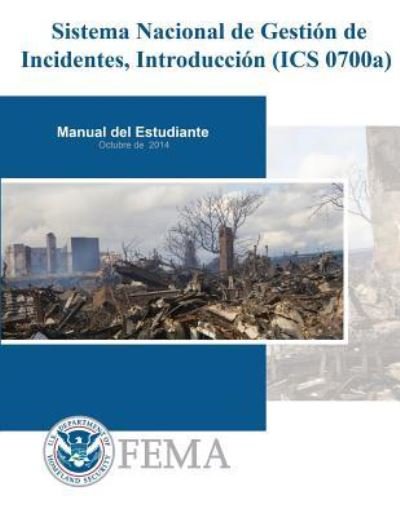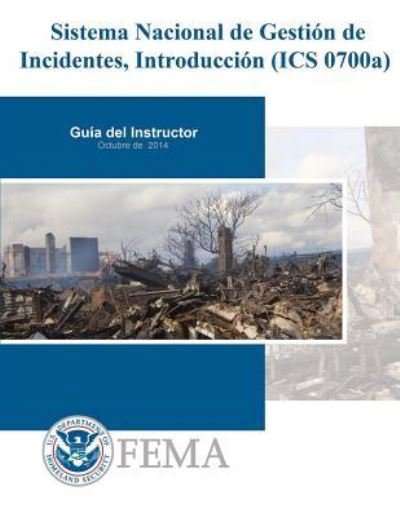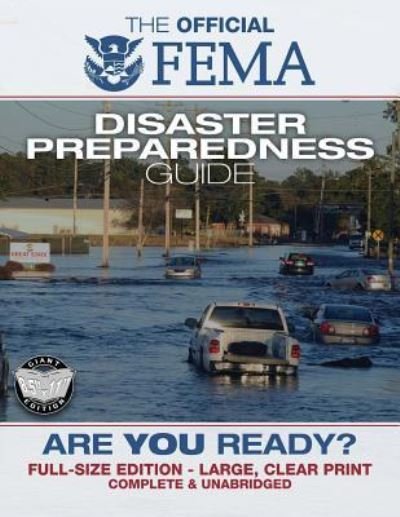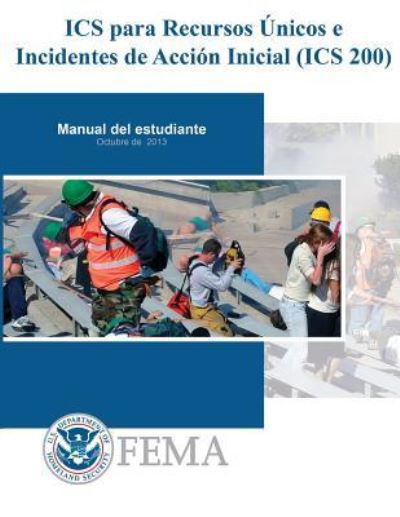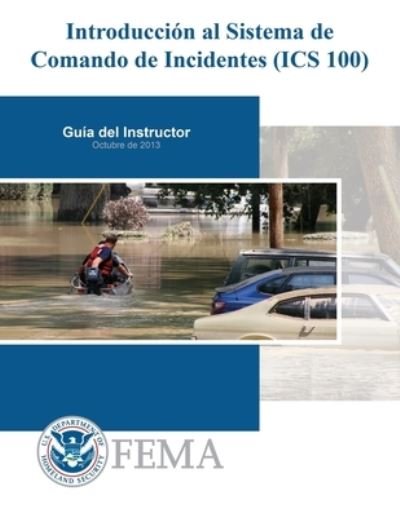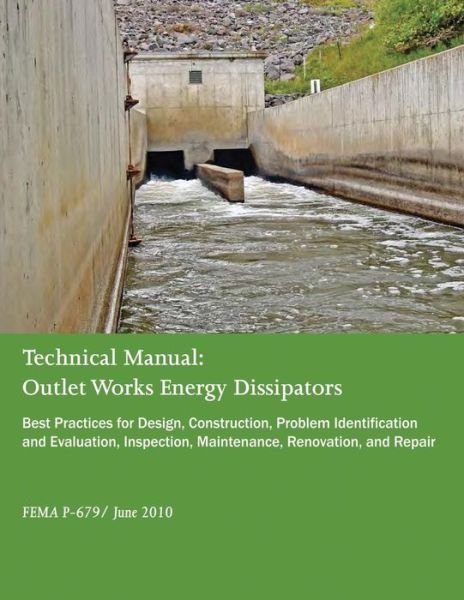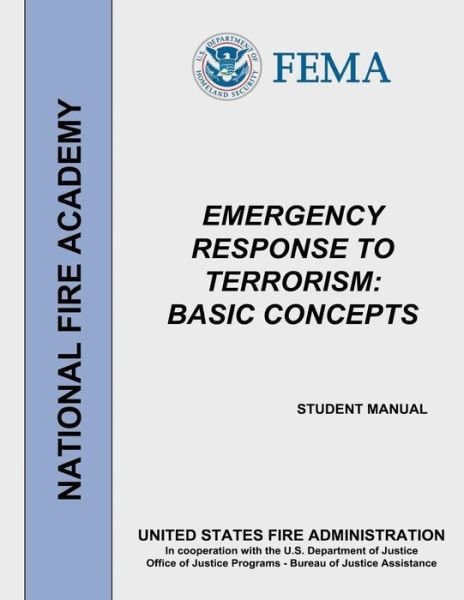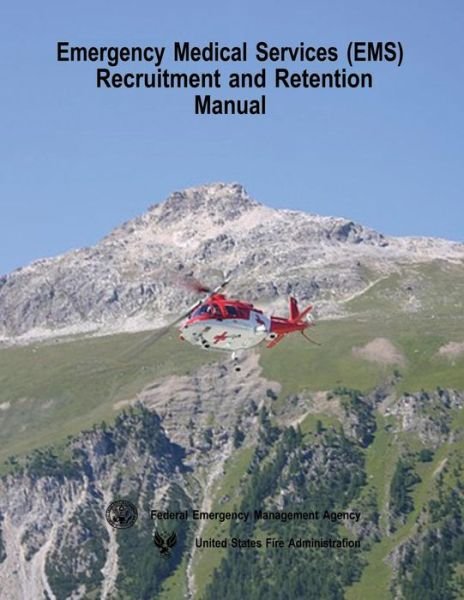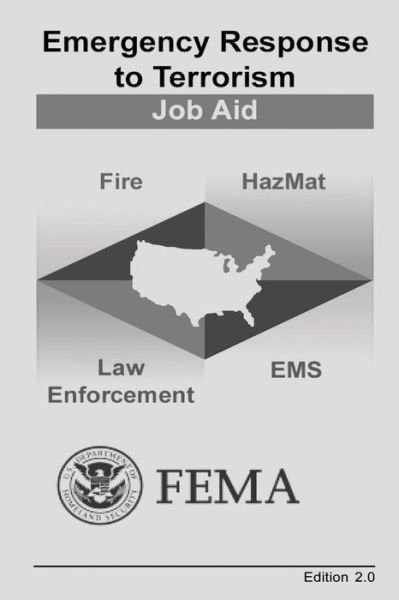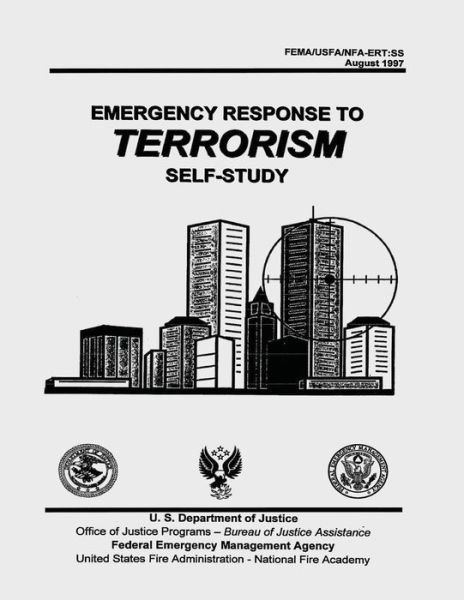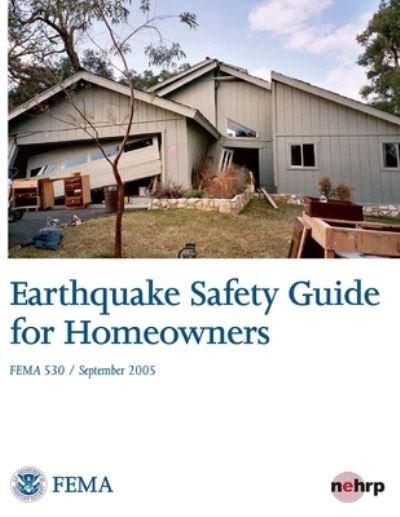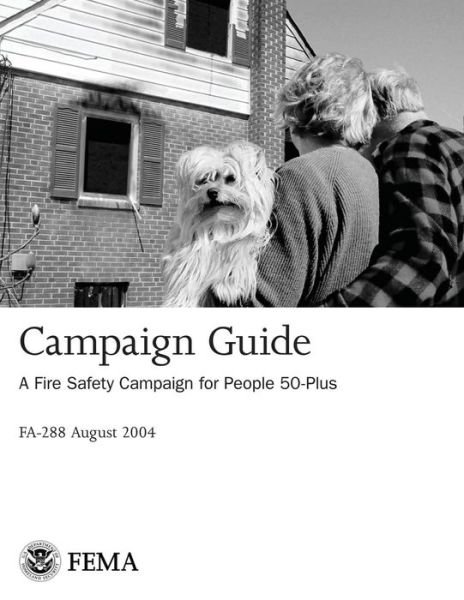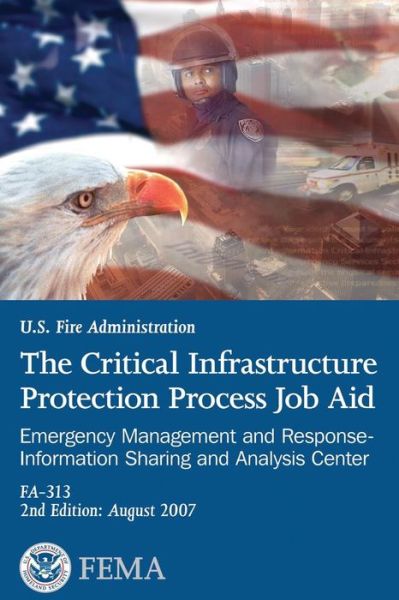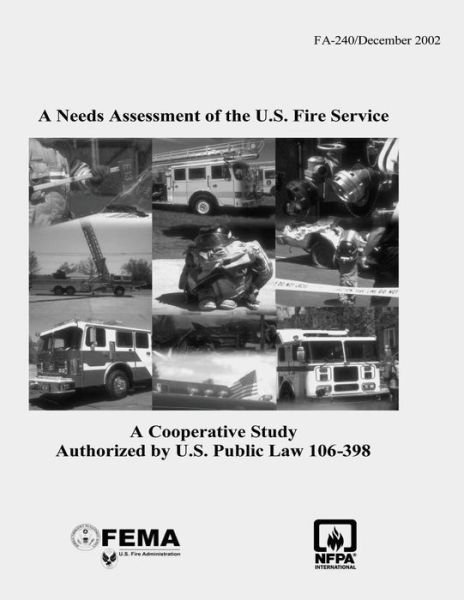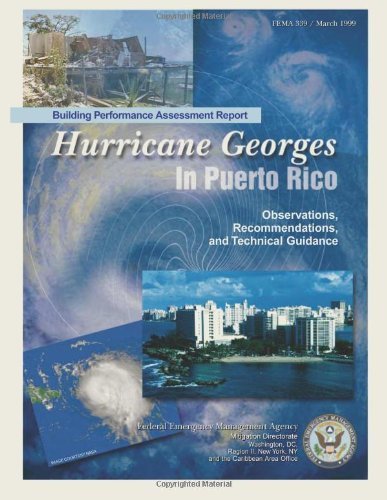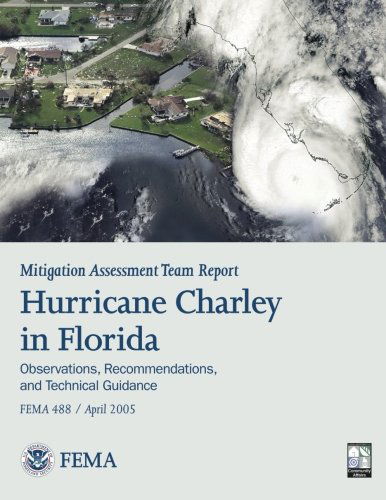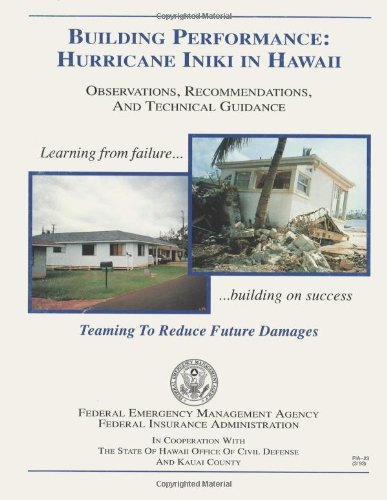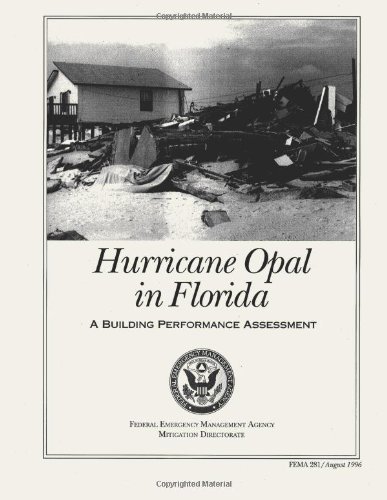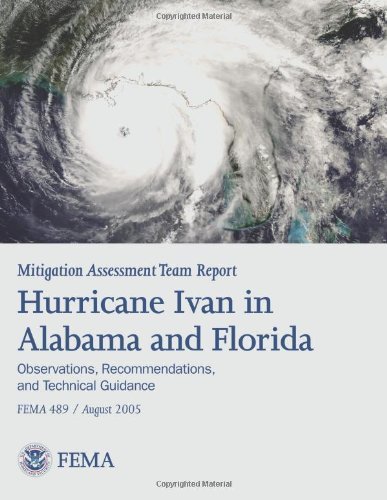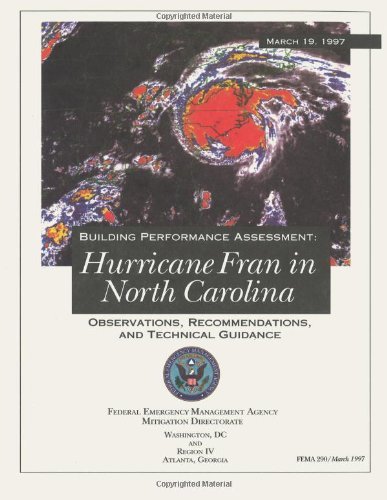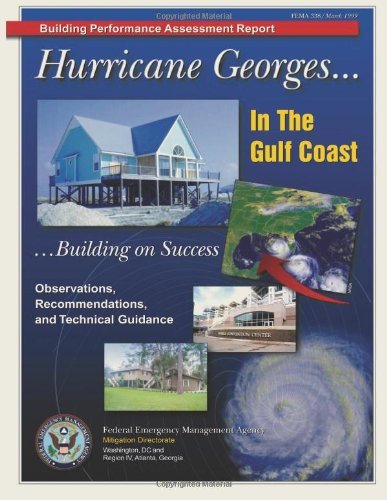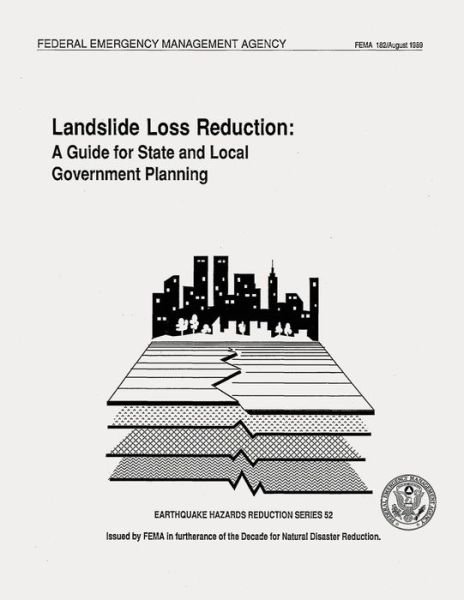
Fortæl dine venner om denne vare:
Landslide Loss Reduction: a Guide for State and Local Government Planning (Fema 182)
Federal Emergency Management Agency
Bestilles fra fjernlager
Landslide Loss Reduction: a Guide for State and Local Government Planning (Fema 182)
Federal Emergency Management Agency
Publisher Marketing: According to available information, landsliding in the United States causes an average of 25 to 50 deaths and $1 to $2 billion in economic losses annually. Although all 50 states are subject to landslide activity, the Rocky Mountain, Appalachian, and Pacific Coast regions generally suffer the greatest landslide losses. The costs of landsliding can be direct or indirect and range from the expense of cleanup and repair or replacement of structures to lost tax revenues and reduced productivity and property values. Landslide losses are growing in the United States despite the availability of successful techniques for landslide management and control. The failure to lessen the problem is primarily due to the ever-increasing pressure of development in areas of geologically hazardous terrain and the failure of responsible government entities and private developers to recognize landslide hazards and to apply appropriate measures for their mitigation, even though there is overwhelming evidence that landslide hazard mitigation programs serve both public and private interests by saving many times the cost of implementation. The high cost of landslide damage will continue to increase if community development and capital investments continue without taking advantage of the opportunities that currently exist to mitigate the effects of landslides. The widespread occurrence of landsliding, together with the potential for catastrophic statewide and regional impacts, emphasizes the need for cooperation among federal, state, and local governments and the private sector. Although annual landslide losses in the U. S. are extremely high, significant reductions in future losses can be achieved through a combination of landslide hazard mitigation and emergency management. Landslide hazard mitigation consists of those activities that reduce the likelihood of occurrence of damaging landslides and minimize the effects of the landslides that do occur. The goal of emergency management is to minimize loss of life and property damage through the timely and efficient commitment of available resources. Despite their common goals, emergency management and hazard mitigation activities have historically been carried out independently. The integration of these two efforts is most often demonstrated in the recovery phase following a disaster, when decisions about reconstruction and future land uses in the community are made. The development and implementation of landslide loss-reduction strategies requires the cooperation of many public and private institutions, all levels of government, and private citizens. Coordinated and comprehensive systems for landslide hazard mitigation do not currently exist in most states and communities faced with the problem. In most states, local governments often take the lead by identifying goals and objectives, controlling land use, providing hazard information and technical assistance to property owners and developers, and implementing mitigation projects as resources allow. State and federal agencies play supporting roles-primarily financial, technical, and administrative. In some cases, however, legislation originating at the state or federal level is the sole impetus for stimulating effective local mitigation activity. In many states there remains a need to develop long-term organizational systems at state and local levels to deal with landslide hazard mitigation in a coordinated and systematic manner. The development of a landslide hazard mitigation plan can be the initial step in the establishment of state and local programs that promote long-term landslide loss reduction. The purpose of this guidebook is to provide a practical, politically feasible guide for state and local officials involved in landslide hazard mitigation. The guidebook presents concepts and a framework for the preparation of state and local landslide hazard mitigation plans.
| Medie | Bøger Paperback Bog (Bog med blødt omslag og limet ryg) |
| Udgivet | 3. april 2013 |
| ISBN13 | 9781484027622 |
| Forlag | Createspace |
| Antal sider | 62 |
| Mål | 216 × 280 × 3 mm · 167 g |
Mere med Federal Emergency Management Agency
Se alt med Federal Emergency Management Agency ( f.eks. Paperback Bog , Hardcover bog , Spiralbog og Bog )


